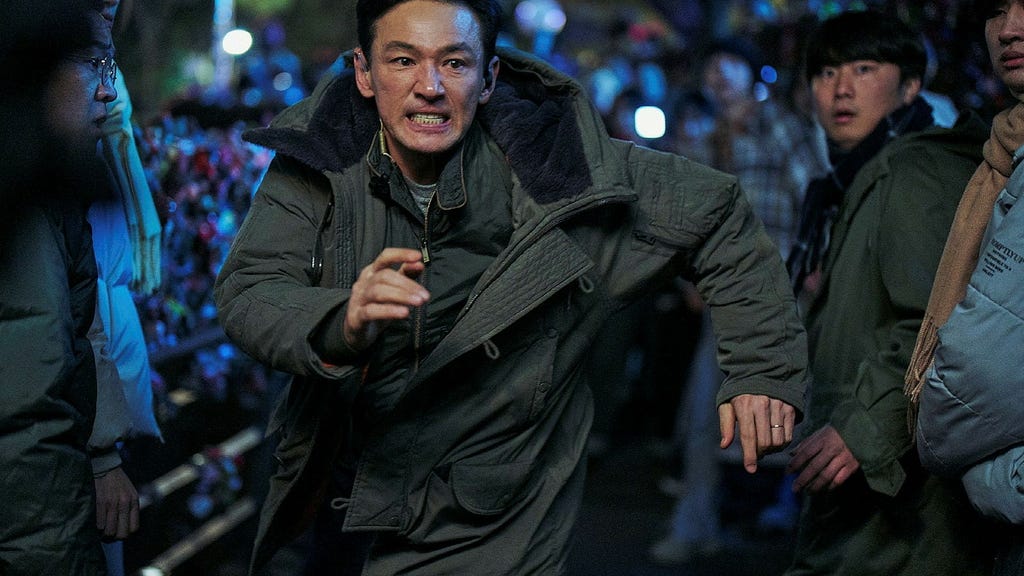”The Executioner,” a sequel riding the wave of one of South Korea’s biggest box office hits, delves into the morally ambiguous world of vigilante justice. The film centers on a mysterious avenger who targets criminals deemed to have escaped adequate punishment by the legal system. This premise immediately sparks the central question: is this individual a ruthless serial killer operating outside the bounds of law, or a heroic figure dispensing much-needed retribution in a flawed society? The film navigates this complex dichotomy, exploring the justifications, methods, and consequences of extralegal justice, prompting audiences to grapple with the fine line between right and wrong, and the potential for good intentions to pave the road to hell. The narrative unfolds against the backdrop of a society wrestling with its own shortcomings, where public trust in the justice system appears to have eroded, creating space for alternative forms of delivering what some perceive as true justice.
The executioner’s targets are individuals who have seemingly slipped through the cracks of the legal system, leaving victims and their families with a sense of unresolved injustice. This fuels the avenger’s mission and resonates with a segment of the population disillusioned with the perceived inefficiencies and leniency of the courts. The film likely explores the circumstances surrounding these perceived miscarriages of justice, showcasing the failures that lead to the rise of vigilante action. Through these examples, ”The Executioner” examines societal anxieties about crime, punishment, and the efficacy of the existing legal framework. By presenting cases where the established system appears to have fallen short, the narrative sets the stage for exploring the complex motivations driving the executioner’s actions, raising questions about whether the system’s flaws justify the emergence of a violent, extrajudicial response.
The film’s portrayal of the executioner’s methods contributes significantly to the central moral dilemma. The audience is placed in a position to evaluate the brutality and calculated nature of the vigilante’s actions, forcing a confrontation with the uncomfortable reality of taking justice into one’s own hands. While the film may showcase the emotional satisfaction derived from seeing perpetrators brought to swift, albeit extrajudicial, justice, it likely also explores the psychological toll that such actions take on the executioner. The potential dehumanization of both the victims and the executioner himself becomes a crucial point of examination, as the film delves into the corrosive effects of violence and the potential for even righteous anger to transform into something monstrous. The exploration of these darker aspects of vigilante justice allows for a more nuanced and compelling narrative, moving beyond simple good versus evil tropes to embrace the complexities of human motivation and the potential for even well-intentioned individuals to succumb to darkness.
Despite the moral complexities it explores, ”The Executioner” is described as a frenetic action film. This suggests a high-octane, visually stimulating experience, marked by dynamic fight choreography, suspenseful chases, and a relentless pace. The action sequences likely serve not just as entertainment but also as a vehicle for further exploring the character of the executioner. His skills, tactics, and ruthlessness in dispensing his brand of justice are likely on full display, offering insight into his training, background, and the psychological drivers behind his actions. The visual language of the action sequences may also reflect the film’s broader themes, perhaps contrasting the brutal efficiency of the executioner’s methods with the perceived slowness and inefficiencies of the formal legal system. This juxtaposition further highlights the film’s central question: does achieving justice, even through morally questionable means, justify the methods employed?
However, Sebastian Lindvall points out a significant potential flaw: the premature reveal of the murderer’s identity. This early unveiling potentially undermines the suspense and intrigue that typically drive such narratives. The element of mystery surrounding the executioner’s identity, their motivations, and their methods is often a key ingredient in maintaining audience engagement. By revealing this crucial information too early, the film risks losing the opportunity to build tension and anticipation around the central question of who is behind the killings and why. Instead of allowing the audience to gradually piece together clues and engage in speculation, the premature reveal may shift the focus away from the ”who” and onto the ”why,” potentially diminishing the impact of the eventual unraveling of the executioner’s backstory and motivations.
In conclusion, ”The Executioner” presents a compelling exploration of vigilante justice within the framework of a fast-paced action film. It probes the ethical ambiguities inherent in taking the law into one’s own hands, forcing audiences to confront uncomfortable questions about the nature of justice and the potential for even noble intentions to lead to morally questionable outcomes. While the film promises a thrilling, action-packed experience, Lindvall’s criticism of the early reveal of the executioner’s identity raises concerns about the potential impact on the overall narrative tension and the effectiveness of the film’s exploration of its central themes. The success of ”The Executioner” will likely depend on its ability to balance its thrilling action sequences with a nuanced portrayal of the complex moral issues it raises, and whether the premature reveal ultimately hinders the film’s ability to fully explore its intriguing premise. The film’s reception will undoubtedly be influenced by its handling of these elements and its ability to engage audiences in a meaningful dialogue about the boundaries of justice and the consequences of operating outside the established legal system.














